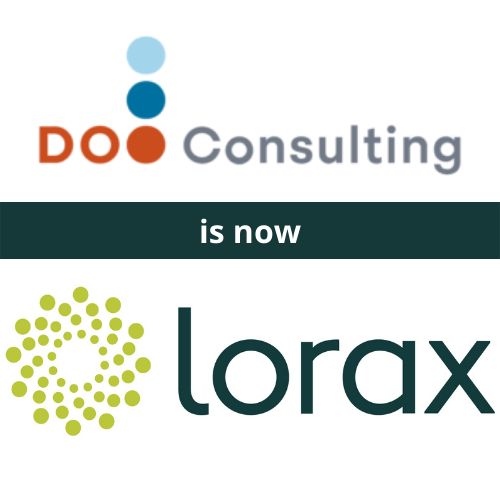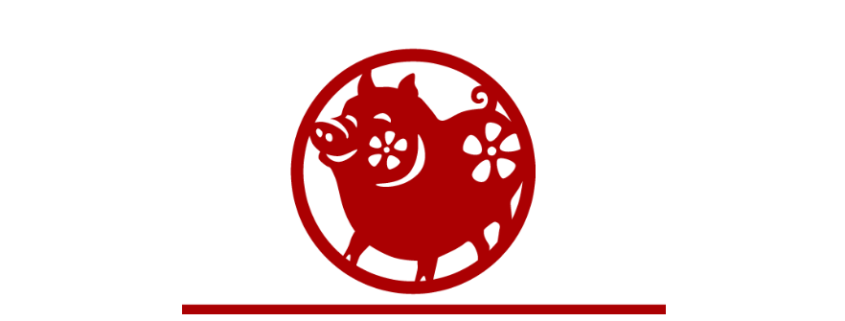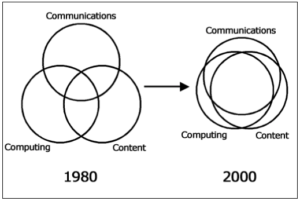Chinese New Year 2019
The Year of the Brown Earth Pig
The Year of the Brown Earth Pig begins on February 5, 2019. Though not an appealing image for the year, the pig’s chubby countenance and big ears are symbols of wealth. While economists ponder the next recession, some are suggesting that this won’t occur until 2020. Perhaps the good fortune of the Pig will prevail in 2019. The Pig is also a genial animal so one can hope that human relations may be more cordial this year than the Year of the Earth Dog, 2018, during which the more territorial and aggressive natures of that animal were prominently on display. Last year the Earth element predicted good fortune for things like real estate, agriculture and the environment. I would say yes, in general, to real estate but, perhaps, not so much for agriculture or the environment. Between extreme weather, tariffs and regulatory roll-backs, the year was not so friendly to agriculture or the environment. Earth is the ruling element again in 2019. To see the predictions for your Chinese zodiac sign in the Year of the Pig, click here.
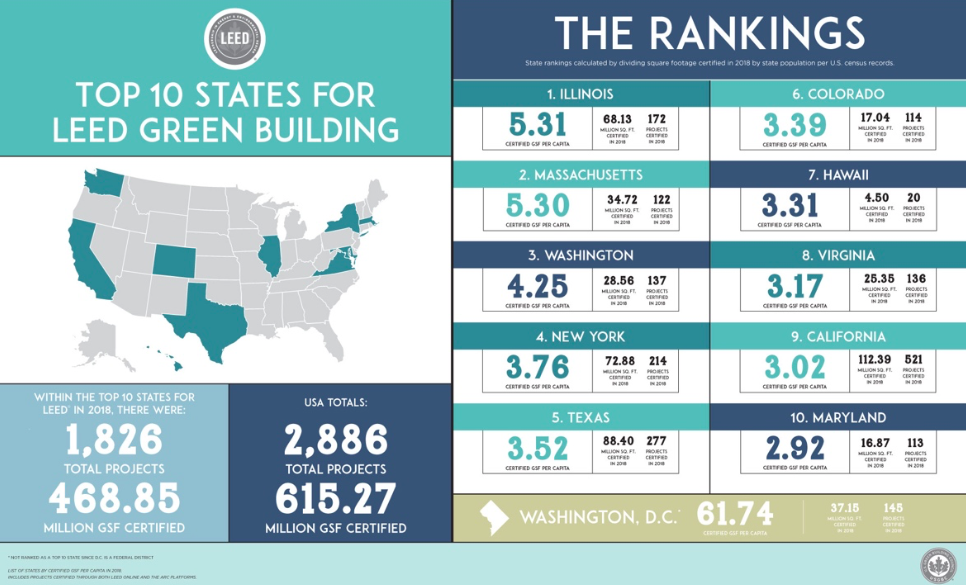
JUST
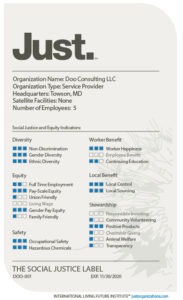
Doo Consulting was recognized as a JUST organization by the International Living Future Institute in 2018. JUST is not a certification, rather it is a voluntary transparency platform through which organizations disclose their operations including how they treat their employees and where they make their financial and community investments. Its purpose is to promote social equity and improve employee engagement. Doo Consulting has chosen to disclose its operations and since receiving this recognition, it has selected Calvert, a global leader in responsible investing, as its retirement savings manager. We are proud of this accomplishment and continue to filter organizational decisions through this lens.
Studying Effective Energy Efficiency Measures
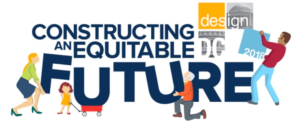
Peter Doo, architect Miche Booz and energy modeler Morteza Kasmaei investigated strategies to achieve Net Zero and Passive House affordability. Reassessing a Net Zero and Passive House certified project, the team studied costs and impacts of energy efficiency strategies with the goal of understanding which were most effective and affordable. The team presented their study of the Gaddy House at Design DC. Insulation, air barriers, glazing; what are the most significant strategies? We figured a few things out. Watch for a future blog.
LEED and Fitwel Projects in Reno, NV and Sacramento, CA
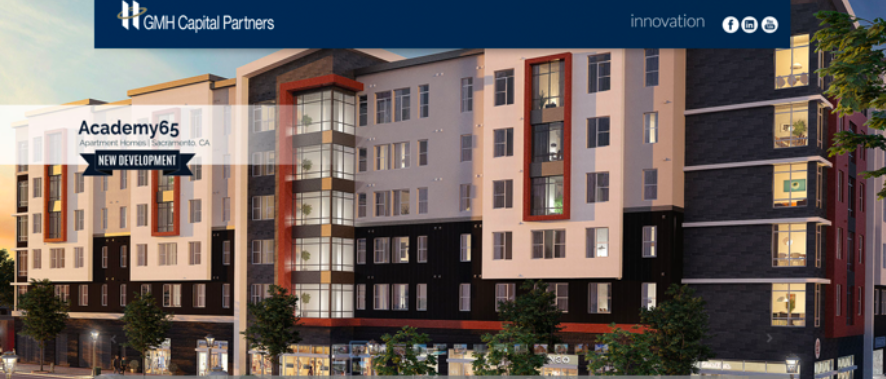
Doo Consulting began assessing a variety of student housing projects for GMH Capital Partners. Based on the outcome of those assessments, we are assisting in the LEED and Fitwel certifications of projects in Reno, Nevada and Sacramento, California. Academy Reno is a 196 apartment, twelve-story project near the University of Nevada. Academy 65 is a 90 apartment, five-story courtyard building over a retail and parking podium near the California State University campus in Sacramento, California. Doo Consulting is pleased to be assisting in the first Fitwel certifications for this client.
What’s Next
Once again, we take this opportunity to share trends that we think will be influencing sustainability activity in the next year and beyond. Last year we wrote about net zero buildings, resiliency, wellness and corporate social responsibility. We believe those trends will continue. Many of these things are converging to create the trend to watch in 2019.
Industry Convergence
Technology is blurring the lines between traditional products and services. Industry Convergence refers to this phenomenon. One of the best examples of this is the smartphone. While it remains a communication device, “communication” is now writ large with the ability to share self-produced media with one’s friends and the world by posting on Facebook or YouTube. It is one’s portal to the vast resources of the internet for information and entertainment. It can monitor your health and with third party apps and some additional devices, it can administer health services (insulin) and connect you directly with your provider to make adjustments to your medical devices remotely (pacemaker). As this is not my area of expertise, I’m sure I’m only scratching the surface of the medical/media/technology convergence.
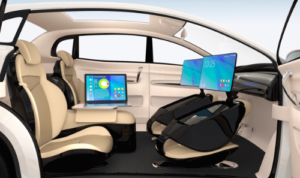
In another convergence, automobiles will no longer be simply a means of transportation. They are rapidly becoming smart devices connected to their drivers, their surroundings and other cars and smart devices (pedestrians), with which they are communicating. Auto and technology companies are already collaborating to create these new products. In the near future the car will most likely not be yours but its services will provide a “third place,” an alternative live/work environment. Perhaps architects and interior designers will be collaborating with these teams as well. When you enter these new vehicles, you will be connected to your virtual companion (like Alexa or Siri but uniquely yours) that will assist you with tasks or connect you to colleagues while you’re being transported. The car and your AI assistant may be monitoring, evaluating, and rejuvenating your health at the same time. It’s easy to see how industries will need to converge to create this new technology.
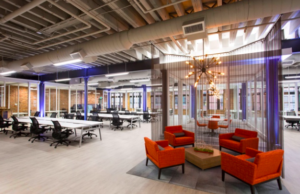
These convergences are already shaping how we think about our built environment and sustainability. The concept of smart buildings and the ways we create them are just taking off and they will be full of “converged” technologies. From Revit in the design studio, to robotics in the manufacturing plant and on the job site, to building automation and intelligence in the finished product, opportunities for industry convergence abound. Already, in the built environment, the ability to telework has changed the workplace inside and outside of the formal work environment. While some workers will prefer to have a personalized workspace that they inhabit, others will be more nomadic. In that case, one’s workstation goes with them. Wherever an employee chooses to work, they are connected to the corporate resources, calls and documents can be forwarded, hard copies can be sent to the nearest printer, one can teleconference globally, and colleagues can convene in a variety of formal and informal workplaces to collaborate physically and virtually. We are seeing the evolution of the workplace in corporate offices, co-working places such as WeWork and coffee shops everywhere. The implications of this “flexibility” are vast. If one can work from anywhere in the office, why not work from anywhere in the city? Why not work from anywhere? The most sustainable building is the one that isn’t built. How will this convergence shape our built environment? How much new space will we need? Or, will increasing a building’s utilization rate make existing places active for more hours of the day and mitigate the need for new construction? What amenities and services will be required? How will nature and open space be integrated into this new urban paradigm? And, speaking of convergence, when will the built environment and the natural environment converge to simply be The Environment?
Circular Economy

The idea of a circular economy has been around for over twenty years. I recall hearing Bill McDonough refer to the cycles of technical waste and biological waste fifteen years ago. The processes of manufacture, distribution and the speed of technological change have altered the paradigm. Understanding that we cannot continue to throw things away, because there is no “away”, responsible companies are reimagining a circular approach to product delivery and reuse – Cradle to Cradle instead of cradle to grave. The Circular Economy will create more jobs and economic growth. Research from Accenture suggests the rise of the circular economy will unlock $4.5 trillion in new economic growth by 2030.
A Coalition of Giant Brands is about to Change How We Shop Forever, with a New Zero-Waste Platform
Sharing Economy
One way to view the sharing economy is through the lens of resource efficiency. Automobiles sit unused for 90% of their life cycle. The sharing economy, through ride share services (like Uber and Lyft) and car share services, like Turo, allows for increased utilization of these resources. Electric vehicles and battery storage will impact the evolution of the electric utility grid. Autonomous vehicles, drones, solar powered buildings and other intelligent technologies promise to change this equation dramatically. Shared work space, like WeWork, are already changing the nature of commercial real estate. Home sharing is influencing the hospitality and senior living industries. Consumers have become suppliers, not only of physical resources but of knowledge and experiences. Airbnb Experiences and MeetUp, are not only social but also educational and cultural.
Measurement and Transparency
How we affect our environment and each other through these increasingly integrated lifestyles and convergent technologies can only be untangled by measurement, verification, and transparency. In the age of data accessibility, lack of reporting might be construed as a company having poor results or something to hide. In a 2018 study by Label Insight, 93% of consumers said they were more likely to be loyal to a brand that offered complete transparency and 74% said they would switch brands from the product they usually buy to a product that offered more in-depth product information.
How Transparency Became a Top Priority for Businesses, and Why You Should Care
What’s your business doing to increase its transparency to consumers?
Will real estate follow suit? Jones Lang LaSalle’s (JLL) recently published 2018 Global Real Estate Transparency Index Report demonstrates how data is influencing the global real estate market and how transparency improves the ability of cities to compete. It’s no surprise that Amazon, looking for a second headquarters away from the West coast, selected locations next to the top two ranked East coast cities, New York and Washington, DC.
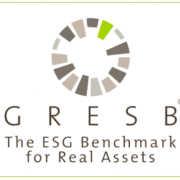
For the first time JLL has included sustainability transparency to this report. Energy indexing and green building certifications are the most prevalent voluntary tools. However, sustainability transparency remains relatively low in markets with high levels of planned new building completions. While the US lags Europe nationally, US cities claimed ten of the top fifteen spots for metropolitan areas with high levels of real estate transparency. Investors are increasing demand for sustainability transparency in real estate portfolios. GRESB, Global Real Estate Sustainability Benchmarking, is a tool for measuring the sustainability performance of a real estate portfolio. The 2018 JLL Report cites Environmental, Social and Governance (ESG) reporting as one of the next transparency indexes for real estate along with Workplace Safety and Wellness.
Summary
Industry Convergence and Measurement and Transparency are our watch-words for 2019. In the past we have highlighted products and services. While we could have blogged about things like WeWork and Turo, the latest in building rating systems or cool industry innovations, everything we see suggests that there are more fundamental forces at work. Those forces include technology and information but are driven by concern for the environment and shifts in consumer behavior.
At Doo Consulting, we continue to provide the basic services of building certification and sustainable business assessment and consulting services. However, we always keep an eye on the big picture and offer customized sustainability consulting services as well. We always welcome your inquiries and your comments.
